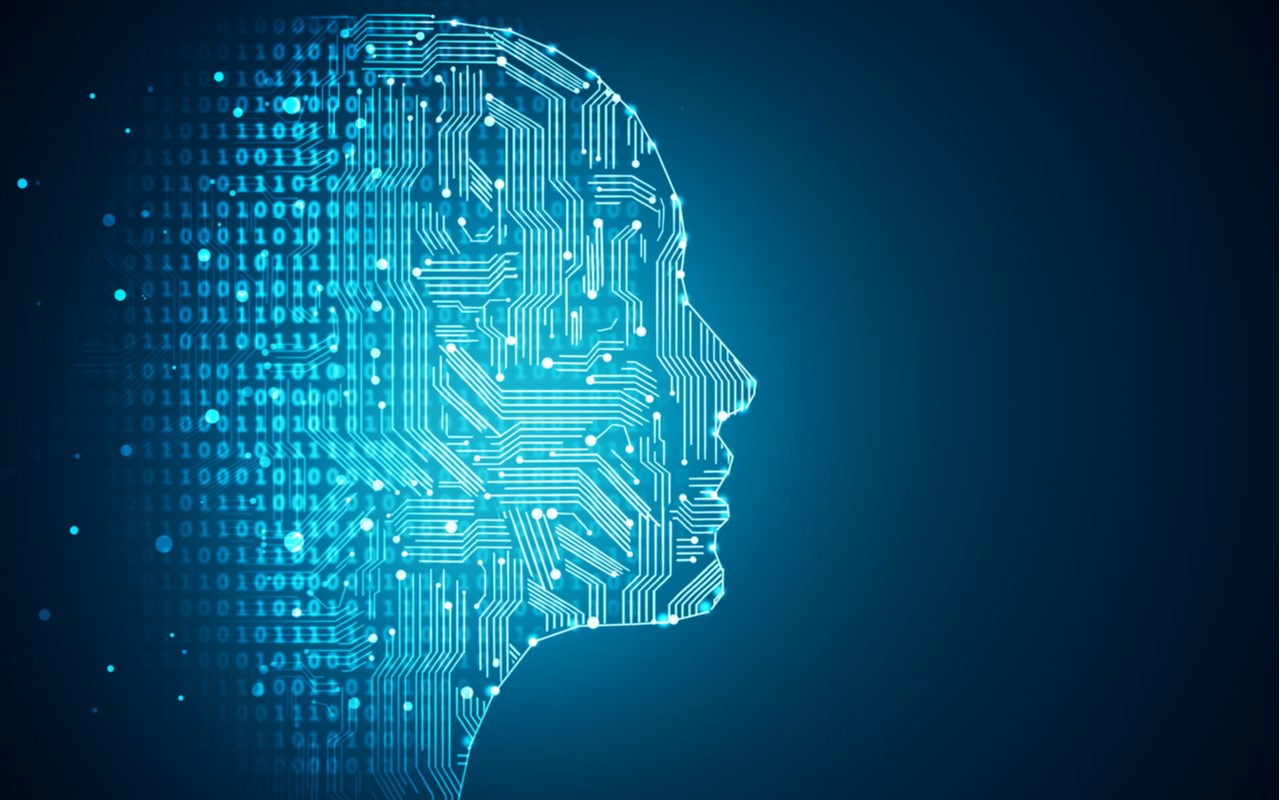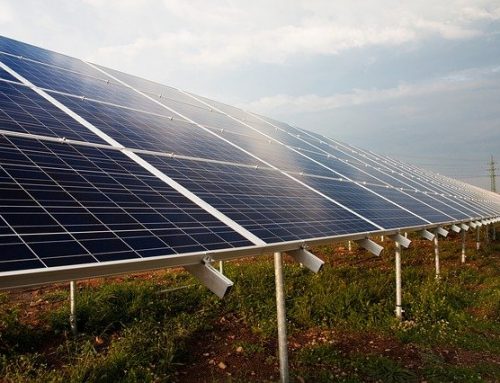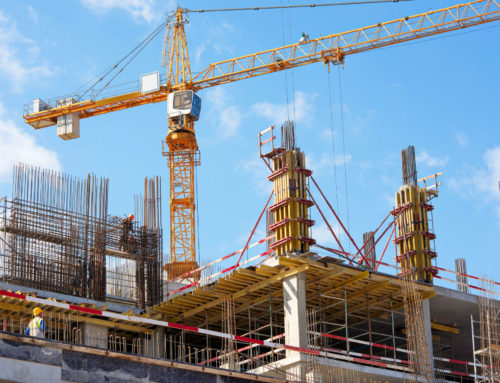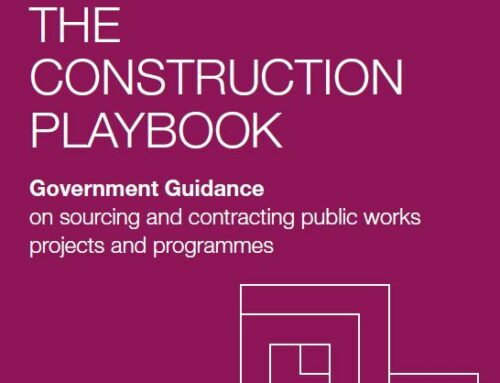Construction has always been among the slowest sectors to invest in artificial intelligence (AI), but a renewed shift towards accelerating innovation, driven by the impact of COVID-19, may see that change.
AI automates human tasks, improving productivity, efficiency and consistency and reducing the potential for human error.
The adoption of BIM and project management software systems has increased significantly over recent years. Some solutions that use machine learning to specifically create 3D models of mechanical, electrical and plumbing systems that do not clash with building architecture and will show an optimal model for each iteration.
Large scale projects require the coordination of many complicated tasks and moving parts and would be difficult to control without the assistance of technology. The consequences of a small mistake can be huge. The root cause of the issues that delayed the opening of the £150 million Edinburgh Royal Hospital for Sick Children was recently identified in a review as ‘human error’ in copying data to a spreadsheet.
The technology is developing at a pace that far outstrips take up in construction. Robots can now produce the structural elements of a building for assembly on site and there are machines capable of laying bricks consistently and accurately at many times the speed of a skilled bricklayer.
The use of drones for site survey has become increasingly common. Imagine a future where drones could identify automatically whether workers are wearing the correct PPE or flag up areas on site that are likely to flood based on predicted weather patterns? If this seems fanciful, remember that the military has been operating drones to surveil and destroy enemy positions from thousands of miles away.
The rollout of 5G mobile data networks is potentially one of the biggest game changers for the growth of AI. It increases the capacity for data collection and analysis that will enhance the application of automated technology. With fast reliable networks, the Internet Of Things can be used with AI to monitor conditions onsite, identifying anything that is missed, assess productivity and forecast late completion or budget overruns.
Artificial Intelligence, robotics and the Internet of Things could reduce building costs by up to 20% in a sector that has resolutely failed to improve productivity for decades. It’s unlikely to replace the human workforce, but it would change construction by reducing expensive errors and improving safety and efficiency.
The Government is determined that the UK must ‘Build Back Better’ to drive post pandemic economic recovery. The rapid integration of AI will play a significant role in achieving that ambition.






